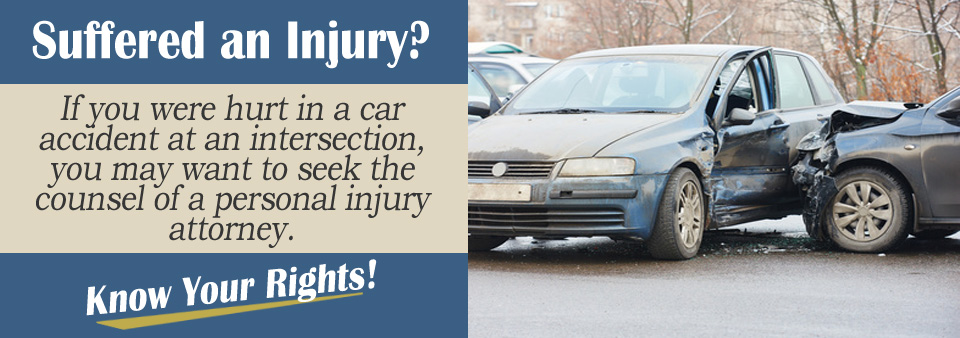The car accident where tennis star Venus Williams figured in gathered much media attention. What happened to her is an example of a crash in an intersection which was initially reported to be Williams’ fault for beating the red light.
However, later report showed that upon further investigation based on a video taken from a nearby CCTV, Williams lawfully entered the intersection prior to the crash. She was therefore not at fault.
This is an example of situations where the liability for the accident is not clear and the fault may be placed on either party depending on a closer investigation of the circumstances. If you become part of a similar situation, below are some tips for proving you’re not at fault after a crash in an intersection.
This can guide you on the important things you should do to prove you are not responsible for the mishap.
Tip#1: Do Not Admit Fault
No matter what happens, do not admit fault. As you saw in the case of Williams, fault may go either way depending on the evidence that will be obtained from the scene. If you are sure that you did not cause the accident, you should be less worried. Allow the police to investigate and let the proofs show the truth.
If on the other hand, when even you are not sure who is at fault, just leave it to the relevant insurers to carry the burden of proof. For your part, you should gather all important details and document everything you believe will help you prove that you are not responsible. You will need them when you file a claim for damages.

Tip#2: Take Photos of the Accident
One of the vital proofs you can have are photos of the involved vehicles and the damages incurred. You will also need pictures of the injuries you sustained during the accident when you lodge a personal injury claim. You should take photos from all angles to make sure you do not miss anything.
This can help you prove or disprove the other party’s claim against you.
Tip#3: Consider All Helpful Details in the Scene
As in the case of Williams, she was proven innocent with the help of a video of the accident. You should therefore check for possible cameras installed in the area. This can easily determine who is at fault in the accident.
Eyewitness testimonies will also weigh heavily in your favor if you find witnesses who saw what happened. You should list down their names and contact details for use in the ensuing investigation.
It is also essential to get from the other driver all his personal information relevant to a personal injury claim and those of his insurance company. Do not forget to list down the following:
- Name, address, contact number of the driver;
- Name, address and contact details of the insurance company of the driver;
- License number and plate number;
- Description of the other car involved, e.g., color, make, model
In return for the other driver’s information, you should also readily provide him with your own details as well as those of your insurer. This will allow ease of negotiations once liability is determined or when settlement is to be negotiated.
Tip#4: Get the Help of a Personal Injury Attorney
To get professional and legal representation, the best move is to hire a personal injury attorney who may oversee the entire exercise on your behalf. Getting the services of an attorney should in fact be first on your list when you figure in a car crash.
You may not have a clear head following an accident and your attorney can be the one to handle everything for you.